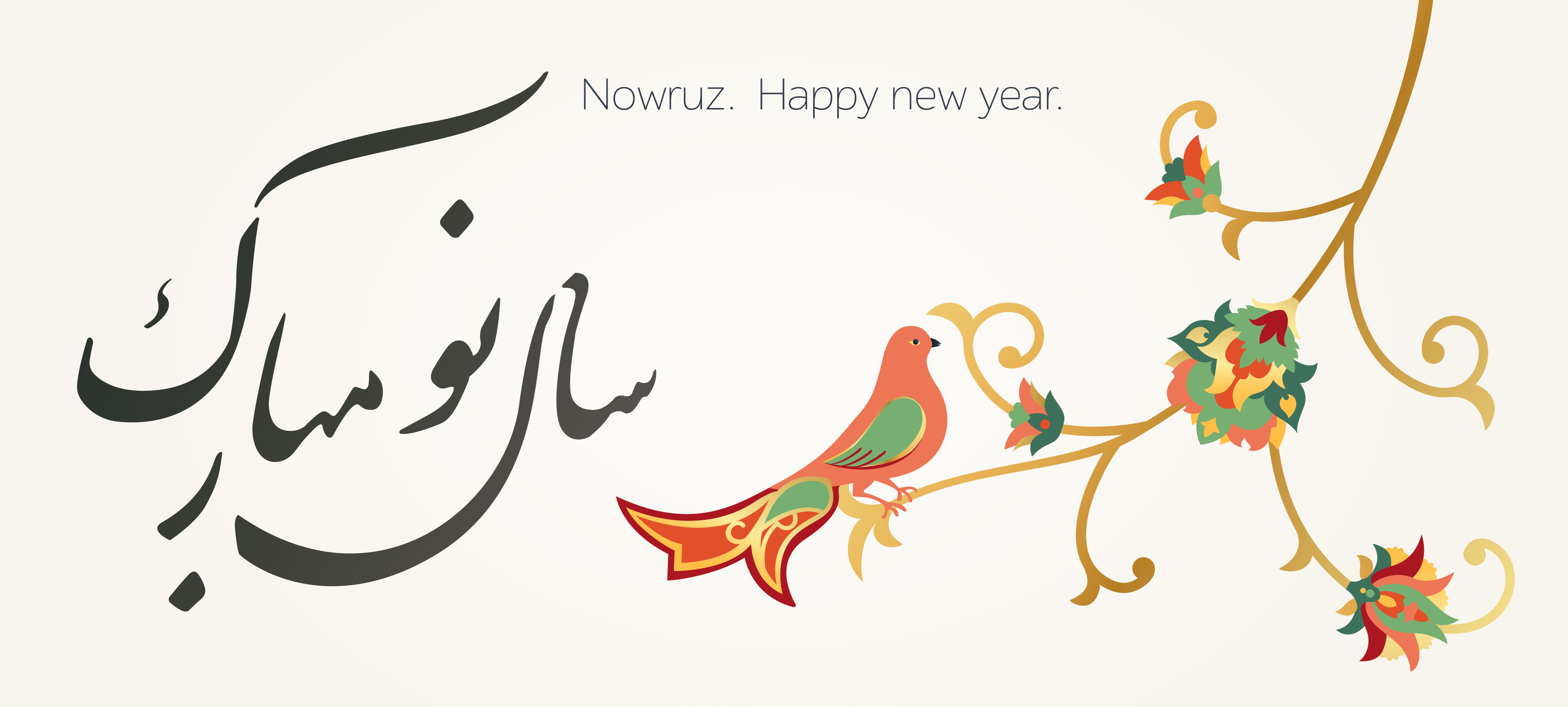Every year, in the third week of March, Iranian families around the world get together and celebrate Noruz ("New Day"), welcoming in the New Year.
Iranians love to host and spoil guests, but many will have to cut back on the excesses associated with Noruz this year. The EIU estimates a 27% inflation rate in 2012, and it forecasts an increase to 28% in 2013. There is no better indicator of how hard Iranians are feeling the pinch than the dramatic collapse in demand for the seasonal must have - ajil or roasted nuts. The Iranian government has banned the export of pistachios to stem the price rise in the lead up to Noruz but in solidarity with lower-income families who've been hit the hardest, and to send a message to the regime in Teheran, many others have called for an ajil boycott during this year's celebrations.
Roasted nuts aren't the only victims of the economic and political woes afflicting Iran at the moment. The impact of international sanctions triggered by Iran's nuclear policy, coupled with political gridlock in the run up to presidential elections in June, means Tehran's efforts to kickstart the economy have pretty much come to a standstill. Wages are stagnating if not falling, while prices for everyday basics are going through the roof.
Seen from afar, Iran's prospects look quite grim in in 1392, which is the year we are in according to the Iranian calendar But there's much more to Iran than what the headlines suggest.
One of Iran's greatest assets is its large, youthful and educated population. Most of its 75m people are young: with an average age of 27, Iranians are younger than both Chinese and Brazilians. Its tertiary education enrolment rate is among the highest in the Middle East at 36% in 2011, according to the World Economic Forum. But for now, much of this talent is going to waste. Iran had an unemployment rate of 15.5% in 2012, according to the EIU.
Iran is also home to some of the world's oldest and greatest civilisations. There are 15 UNESCO World Heritage sites dotted around the country. Its tourism industry can easily become a pillar of the economy if it decides to roll out a red (Persian, of course) carpet for travellers and tourists. Not only can tourism create many jobs for its restless youth, it can also help reduce the country's overwhelming reliance on oil and gas exports.
It is no coincidence that many of the traditions for Noruz are about renewal and rebirth. Today marks not only the start of a new year, but also the start of Spring. Hopefully this Noruz, traditions will amount to more than just symbols in Iran.
The views and opinions expressed in this article are those of the authors and do not necessarily reflect the views of The Economist Intelligence Unit Limited (EIU) or any other member of The Economist Group. The Economist Group (including the EIU) cannot accept any responsibility or liability for reliance by any person on this article or any of the information, opinions or conclusions set out in the article.




